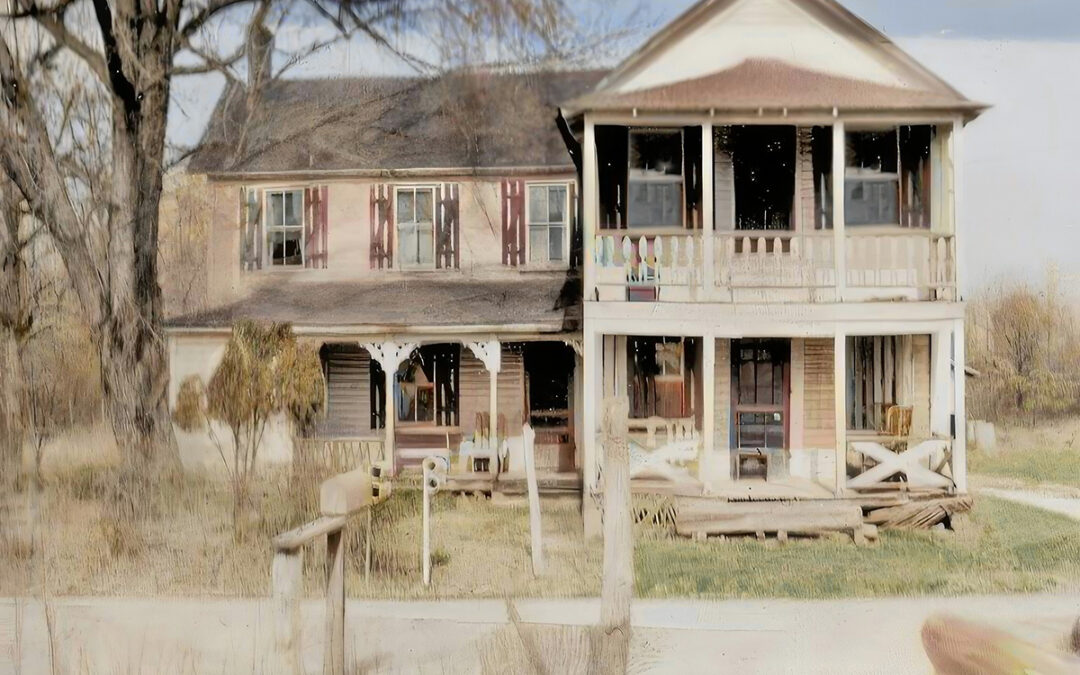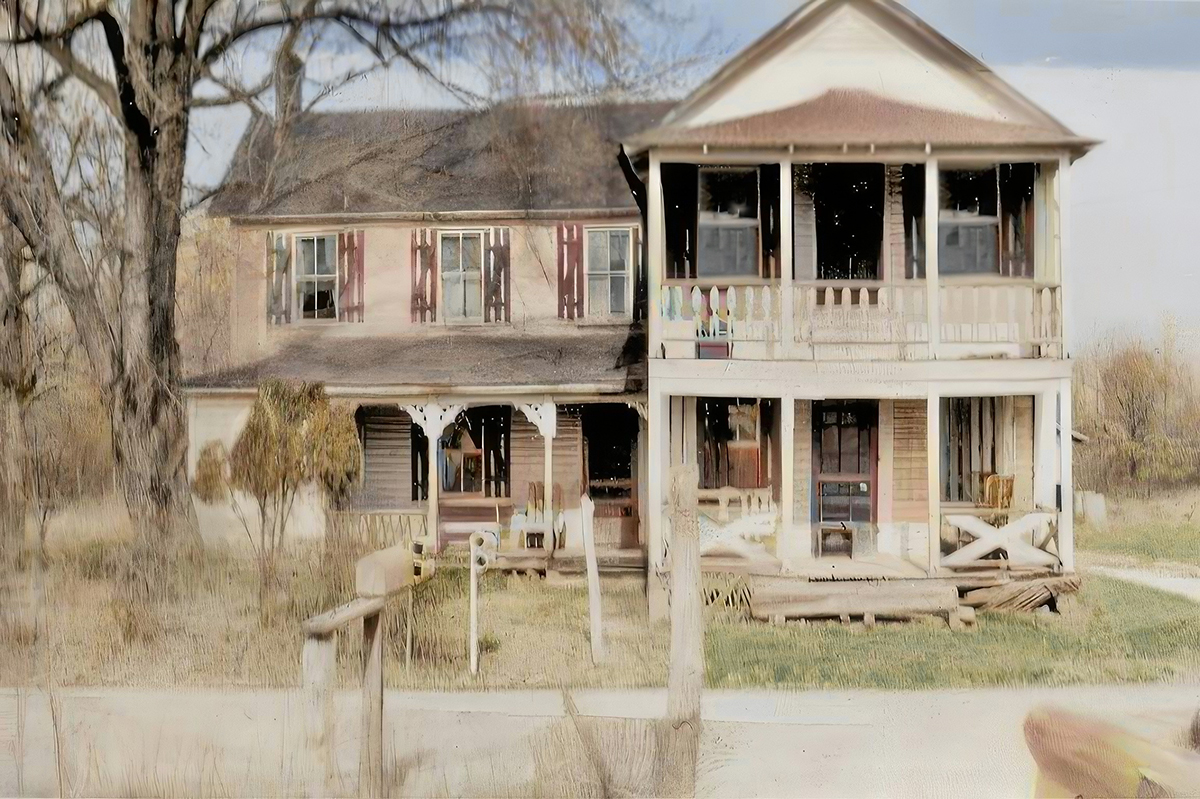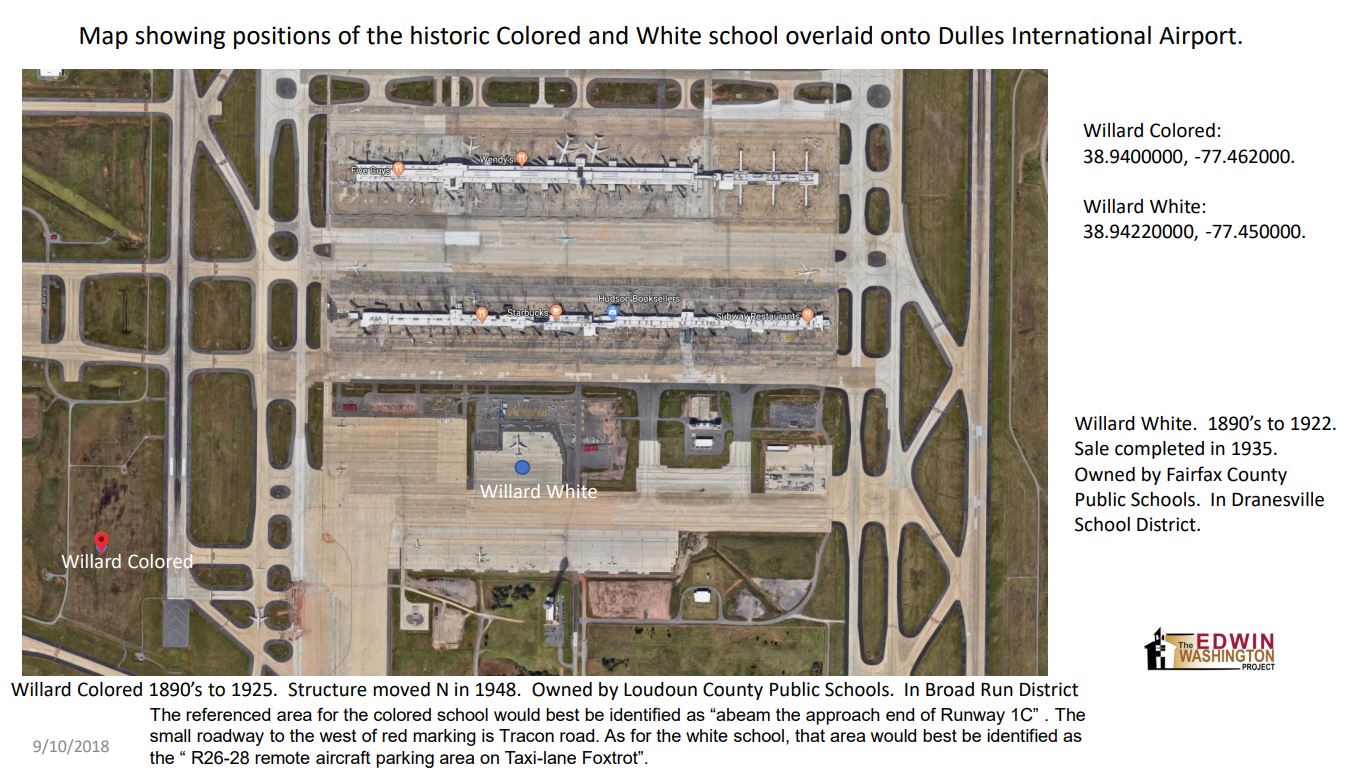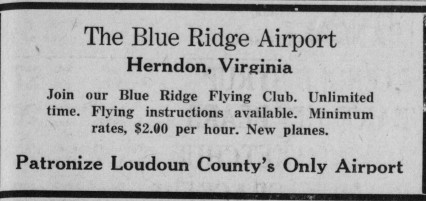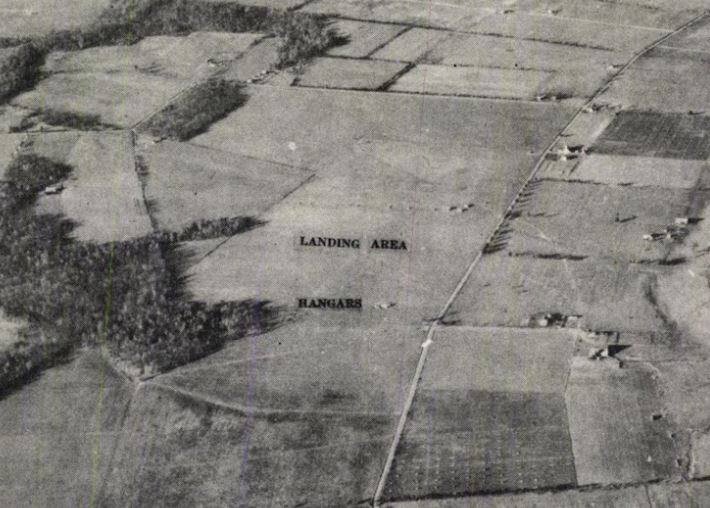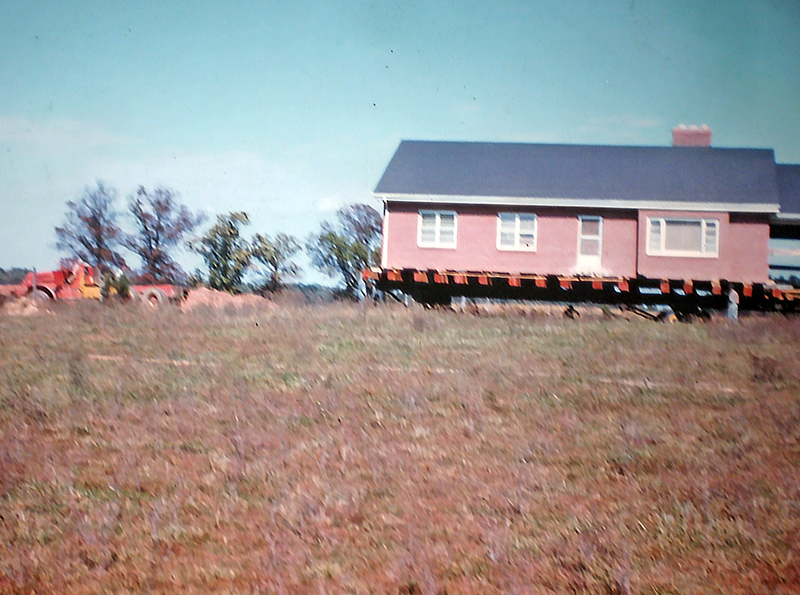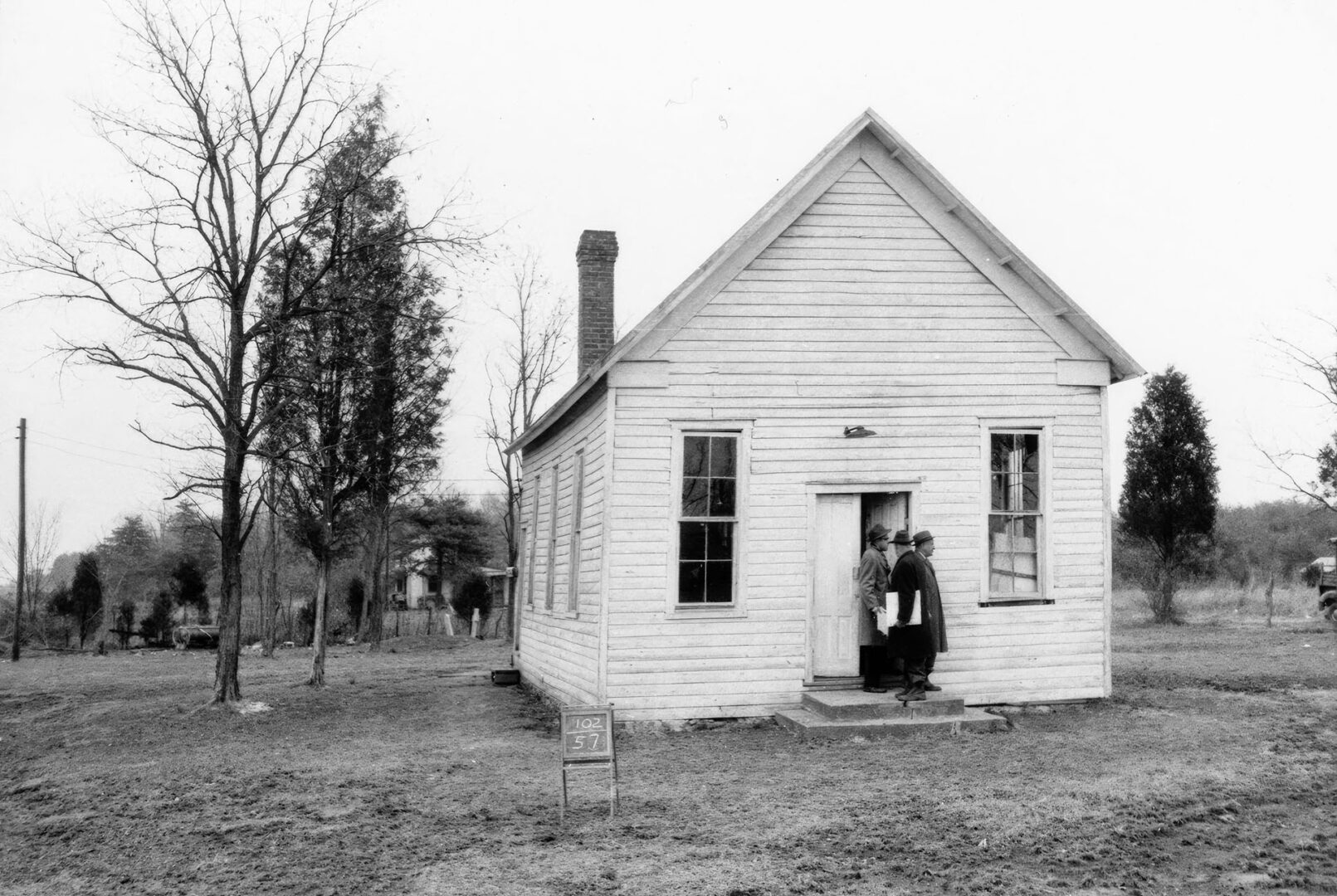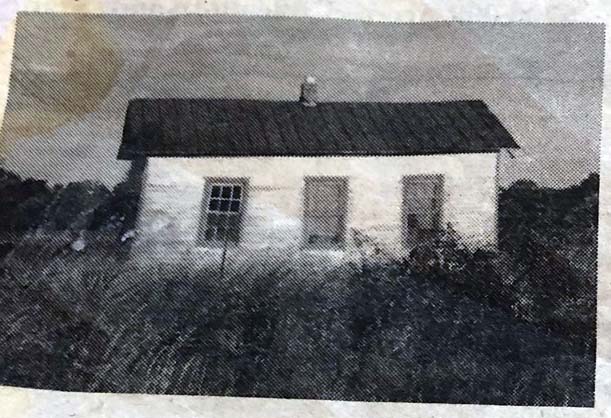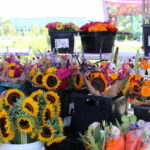The site of Washington Dulles International Airport was once home to a small, vibrant, and predominantly Black farming community known as Willard.
Formerly called Willard Crossroads, the area had a post office overseen by postmasters Harvey Cockerille and Frederick Bohrer, the Willard Store managed by Samuel Horn and later by Edward Fitzhugh, and the Blue Ridge Airfield, Loudoun’s first official airport which was a field consisting of two half-mile long grass strips in the shape of an X.
Willard was settled heavily by those formerly enslaved and their descendants including prominent and well-known names such as the Corum, Bailey, Johnson, Holmes, Newman, Robinson, Smith, and Thomas families. The families were subsistence farmers who grew corn and other vegetables and raised chickens, hogs, and dairy cows. Many residents also worked as farmhands and sharecropped at larger operations in the area including the Coleman, Creighton, Keller, Middleton, and Sower families. Willard was home to Shiloh Primitive Baptist Church (built by its members around 1899) and Willard Colored School, which was moved three miles north in 1948 after lower Loudoun schools for black children consolidated at Oak Grove School. By the 1950s, many residents had moved on and only a few families remained.
The decline of Willard coincided with the rapid expansion of the suburbs around Washington DC that was driven by the post-war economic boom. With this influx of people in the capital region and the popularity of air travel increasing, planners began to search for a site to support a second major airport. Various locations in the Virginia and Maryland suburbs were considered, but in 1958—and without public hearings—the Federal Government decided that Willard would be the site for the new airport. Paying an average of $500 an acre for about 9,800 acres of land, the government sent condemnation letters to the remaining 87 landowners in the village and surrounding countryside. In total, over 300 structures were razed. Shiloh Church received $4,000, and the congregation and church graveyard were relocated to present-day Gum Spring Road near Conklin, currently called the Second Shiloh Primitive Baptist Church.
Remnants of Willard structures can be seen along Beaver Meadow Road in Chantilly.
Photo and history credit: Heritage Dulles, The Washington Post, Virginia Piedmont Heritage Area, Edwin Washington Project, Friends of the Thomas Balch Library
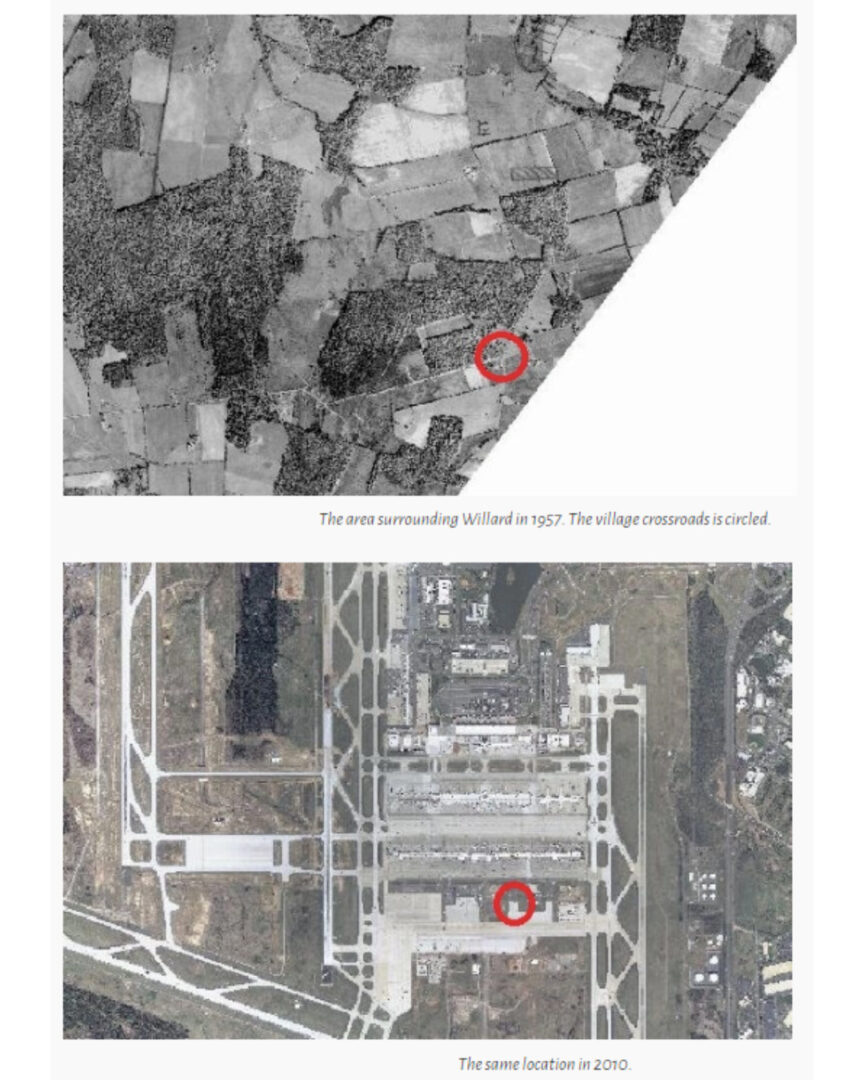 Map comparison showing where the Willard village crossroad was in comparison to the same location in 2010. The crossroads would have been where the post office and Willard Store were.
Map comparison showing where the Willard village crossroad was in comparison to the same location in 2010. The crossroads would have been where the post office and Willard Store were.
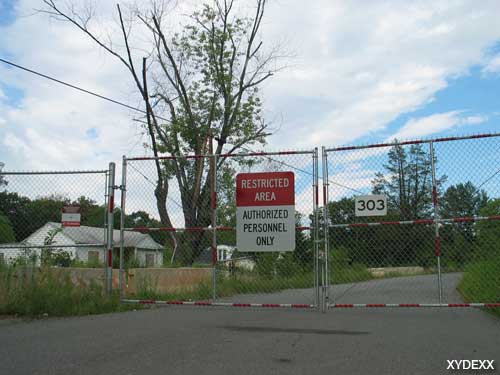 Remnants of Willard structures on Beaver Meadow Road. If you do a Google Maps search of Beaver Meadow Road, you can see several dilapidated Willard structures from above.
Remnants of Willard structures on Beaver Meadow Road. If you do a Google Maps search of Beaver Meadow Road, you can see several dilapidated Willard structures from above.

